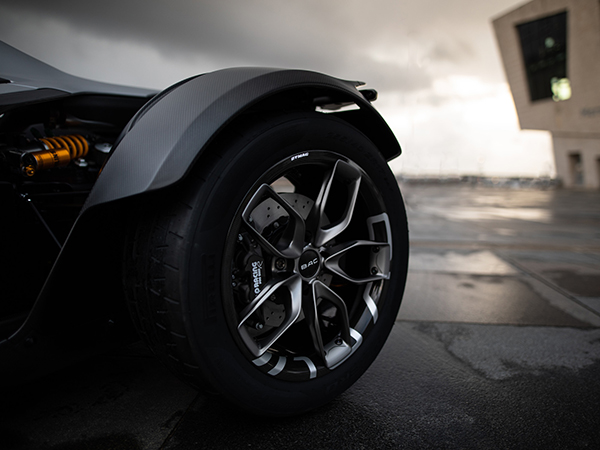Digital Engineering 24/7: Last week, the Autodesk Advanced Manufacturing Summit joined the list of annual trade shows that have gone virtual, delivering its keynotes and customer stories as live-streamed and on-demand events.
In his opening, Srinath Jonnalagadda, VP of Go-to-Market Strategy, Autodesk, observed, “What we have seen in the last two months, is digital transformation that would have usually taken years compressed into a very short duration ... because of necessity.”

5 comments:
First and most, it felt new to read about the article about the company that is actually getting some benefits or at least some positive outputs out of this COVID situation, instead of experiencing the financial crisis like many other businesses and industries. Although I am not that knowledgable in this field, knowing how much five kilogram can matter a lot in various situations, I think their success in reducing the weight of the parts was quite commendable. 3D-printed parts being incorporated into the machineries also seemed innovative. The part that I paid more attention to was the second part of the article, where the author addresses the issue regarding supply chain. I think it is wise and practical of them to take a few steps back from the foreign exchanges, which requires a lot of risk (especially related to transportation), and to focus on the regional consumers, where the demands are apparent.
3D Printing and other innovative forms of additive manufacturing are only going to grow over the next few years. This summer, I my work had me doing a lot of modeling and 3D printing for drone parts, where every gram of mass counted. One of the most immediate reasons 3D printing leads to lighter weight parts is the ability to hollow out the internal structure and substitute it with less dense 'infill' patterns. This leads to a significant weight saving at only a small strength loss. This, primarily, relies on the stressed-skin nature of 3D print design, which we use in other areas of theatre already. Not only that, but 3D printing avoids certain limitations that other manufacturing methods stumble over. That isn't to say they are perfect (I had my fair share of prints break), but designers no longer have to create bulky parts due to manufacturing. FDM printers have already become accessible to the general public, with high-end printers working tirelessly in massive manufacturing shops. Hopefully we can see this become more useful in our world within the next decade.
I think this article hits the nail right on the head. The use of generative design and additive manufacturing is absolutely the future! Especially in scenarios where weight and strength need to be finely balanced and optimized, these tools allow for tighter design loops that increase quality of the product. In terms of the car manufacturer featured in the article, it means they could save several kilograms without sacrificing strength or safety of the vehicle. Additionally, additive manufacturing can simplify supply chains in a way that previously wasn't possible. Instead of needing parties between the raw materials and vehicle manufacturer, the manufacturer can directly produce the part on site without significant investment in retooling or space. Using generative design also speeds up production by allowing for simulation of prototype, feeding back into the design loop faster than producing the prototype and testing it can do. Overall, I agree with the sentiment that generative design and additive manufacturing are the future of product design and manufacturing.
This is an amazing article! While it does not go into a whole lot of detail, it is understandable as to why. The reason I like it does not stem from the descriptions so much but that fact that they talk about two things I really enjoy: Cars and Autodesk. While Autodesk is not a major compassion, I like the programs they have created and it is especially attention grabbing that this Car company, BAC, utilizes Autodesk's software to aid in the design of their cars. I do not actually use the Fusion 360 software, but it is one that has intrigued me over the years. Primarily utilizing AutoCAD, I have dabbled in other modeling and drafting softwares but never in as much depth. I have seen people create cars in AutoCAD and while the result is still quite amazing, is appears that Fusion 360 is better equipped to handle this kind of design and is why it intrigues me so. Each software that exists is clearly suited for different purposes and finding the nuances between them is what really defines which programs are better utilized for the projects you have on hand.
So I did not quite understand what I was getting myself into at the beginning of this article, but what an interesting read. While I have zero experience with Fusion 360 software, I can comprehend the demand for a cloud-based design and rendering software. In fact, I really can not wait for the day that I can draft in a more collaborative way like G Suit offers. My only experience with designing a car in AutoCAD was for the Refrigerator Drawing assignment when I was first learning how to navigate AutoCAD. I have always had a passing interest in cars and car design and while I can reasonably assume that car designers use more specialized software than AutoCAD, the 3D modeling and additive manufacturing software is an industry that AutoCAD just can not support. I found there’s a free period for Fusion 360 and now I’m curious about the workflow and capabilities of the software.
Post a Comment